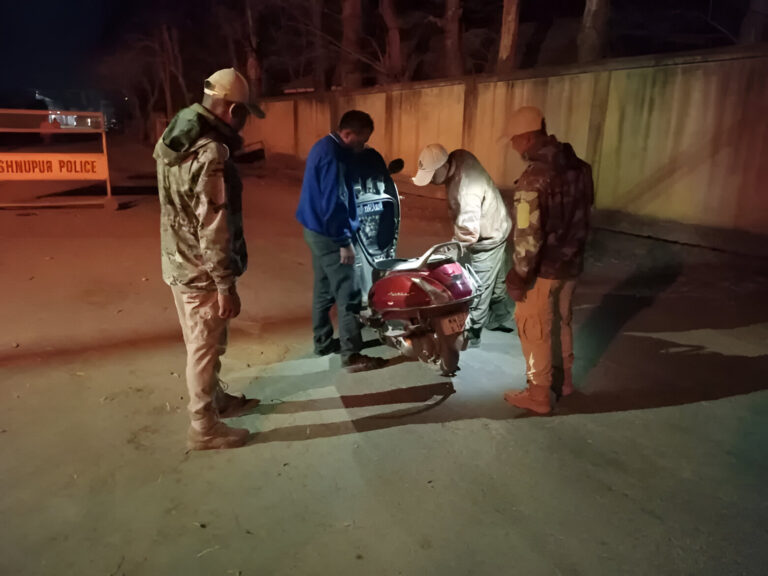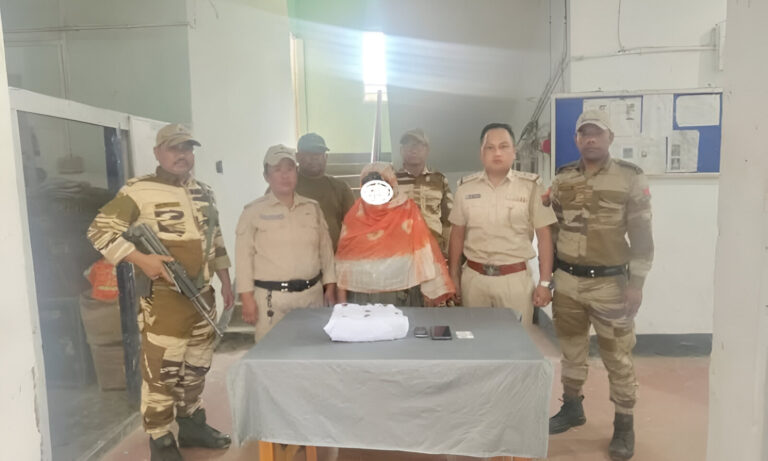CHURACHANDPUR TRAGEDY: MAN FOUND DEAD NEAR BISHNUPUR
A 45-year-old man from Churachandpur, identified in local reporting as Sokhongam Baite, was found dead near an electric transformer in the Torbung area close to Bishnupur district after he went missing while collecting bamboo shoots. Security teams located the body but could only retrieve it the next morning because of high-voltage lines; the corpse was taken to Churachandpur district hospital for a post-mortem as police opened an inquiry. The discovery briefly heightened tension in the area and prompted searches by local authorities.
Late on the evening before the body was recovered, villagers and family members reported that a 45-year-old man from Tuibong in Churachandpur had gone missing while collecting bamboo shoots — a routine, seasonal activity in many hill communities. A search was launched and, after some hours, the man’s body was found near an electric transformer in the Torbung area, roughly 13 kilometres from his home. Because the transformer was live and the area posed an immediate risk from high-voltage lines, security and rescue teams could not recover the body until daylight, and the remains were taken to the Churachandpur district hospital for a post-mortem. Police say they have registered the case and are investigating the circumstances that led to the death.
This sequence — a missing person who goes out for a routine task, a body discovered in a hazardous location, and delayed retrieval due to electrical safety issues — is simple to read as tragic. But for the family and the local community, it raises immediate, urgent questions: Was this an accident? Was foul play involved? Did the victim suffer electrocution, or was there some other cause? How thorough and timely will the investigation be? These are the questions that now drive the official probe and the community response.
Who was the deceased — the human detail that matters
Local reporting names the man as Sokhongam Baite, a resident of Tuibong village in Churachandpur district. He had reportedly gone into the fields and forested areas near Torbung to collect bamboo shoots — a common livelihood and food-gathering activity in the region. At about 13 kilometres from his home, his body was discovered near a transformer, which complicated immediate recovery and amplified local alarm. Identifying victims quickly and sensitively is crucial in these situations: families need to know, and investigators need cooperation to reconstruct the last hours.
FAQs
Q1: Who was the man found dead near Bishnupur and where was his body recovered?
A1: Local reporting identifies the deceased as 45-year-old Sokhongam Baite, a resident of Tuibong in Churachandpur. His body was found near an electric transformer in the Torbung area, some 13 km from his home, and was sent to the Churachandpur district hospital for post-mortem.
Q2: Why couldn’t authorities retrieve the body immediately?
A2: Recovery was delayed because the body was near a live high-voltage transformer and safety protocols prevented night-time retrieval until the area could be secured or daylight allowed safer access. Authorities prioritised safety for rescue and recovery teams.
Q3: What will determine the official cause of death?
A3: The medico-legal post-mortem (autopsy), toxicology tests, scene inspection (including power infrastructure checks) and witness statements will collectively determine whether the death was accidental (for example, electrocution), natural, or suspicious.
Q4: Could this incident spark wider unrest in the region?
A4: Any sudden or unexplained death can increase local tension, especially in areas with a recent history of instability. That risk is why authorities typically increase patrols and communicate publicly to prevent rumours and maintain calm. Transparency and timely forensic results reduce the chance of escalation.
Q5: What practical safety lessons arise from this case?
A5: Practical lessons include ensuring high-voltage installations are properly fenced and signposted, mapping common foraging routes away from hazardous infrastructure, equipping local teams to coordinate with power utilities for safe recovery operations, and public education about risks near electrical equipment. These steps can help prevent similar tragedies. (Analysis based on incident circumstances.)





